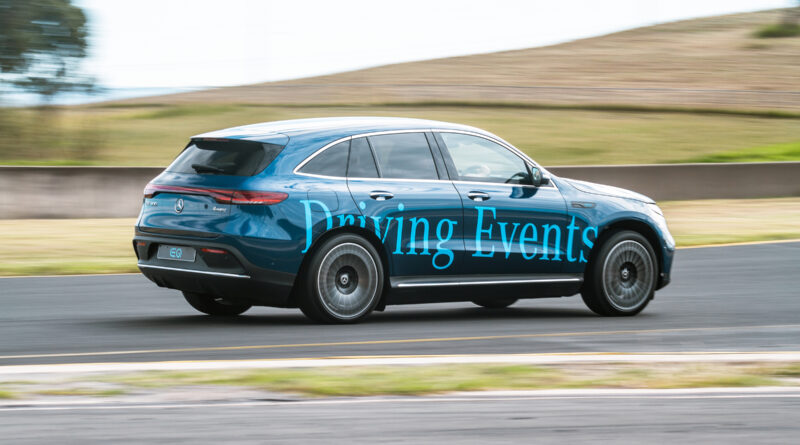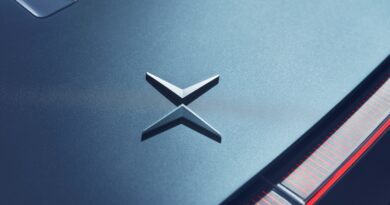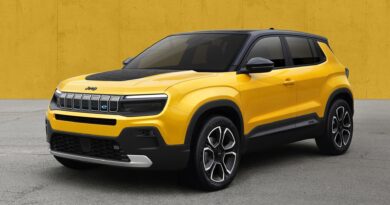Electrons flowing for Mercedes-Benz track day taste test
It’s not often we start a review talking about a V8, but there’s method to the madness. Promise…
First, I want to drag you back a couple of decades to when Mercedes-Benz was applying heat to its fledgling SUV lineup, a car known as the ML.
It started with the ML55 AMG, a five-seater high riding hot rod that boasted the 5.4-litre V8 sledgehammer used in AMG sedans of the day. The engine sounded terrific and back in the early noughties it felt plenty quicker than any SUV deserved to be – as I discovered at Phillip Island race track.
Coaxing that ML55 AMG through the fast first corner at Phillip Island was a lesson in smoothness, the propensity of the high-riding SUV body to lean and lurch a sure fire way to get the adrenalin pulsing.
That we were even attempting such pace was something of a laugh in itself. Those things we once knew as four-wheel drives were traditionally designed to clamber over sand and rocks, not aim at an apex.
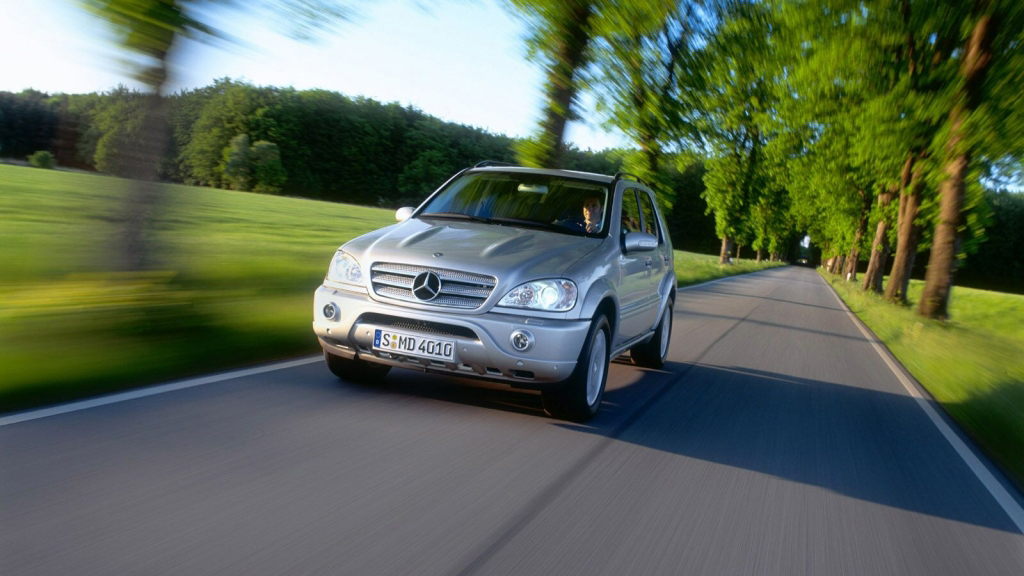
The ML55 slushed its way around the flowing PI track demanding constant adjustment and attention. It was a rolling rollicking reminder of why fast cars typically have their centres of gravity way down low: it makes cornering and composure so much nicer!
Which brings me to modern day Benz and the Mercedes-Benz EQC, the first electric car from the world’s oldest car maker.
Fast forward to the modern day … and an EQC
I’m approaching the first corner at what was once known as Eastern Creek at a speed that would comfortably leave me licence-less on the open road.
But pitching into that first bend – which is a similar speed to Phillip Island’s turn one – yields a very different result.
The EQC is heavy, but more than half a tonne of batteries are way down low in the floor, helping contain that desire to rock and roll. It’s a far more refined experience than in the older AMG – and I’ll guarantee it was quicker, too.
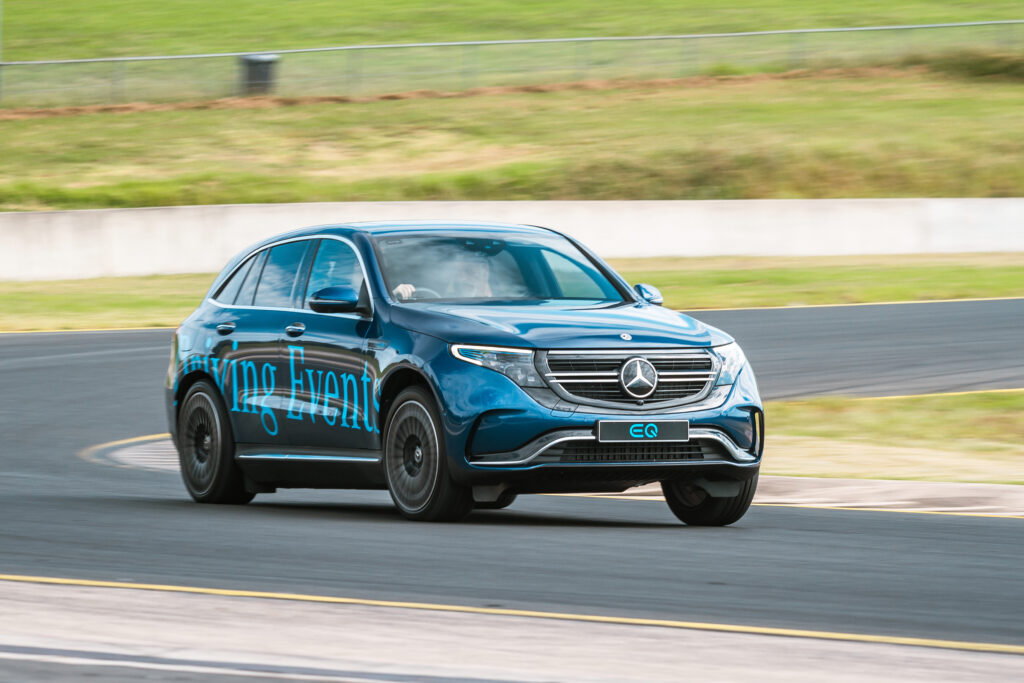
The EQC also has a more advanced suspension system that adds to the sense of control.
Not that it’s perfect, because the laws of physics still apply and it’s immediately obvious there are many, many kilos wanting to continue on their current trajectory. It’s takes some reinforcement to hustle them through the long left-hander.
And with slightly thinner front tyres – chosen to improve high speed aerodynamics – the front end is the first to raise the white flag and admit to the limits ofadhesion, the Benz gently widening its cornering arc in response as understeer kicks in.
Despite the premature end to the excitement, there’s still plenty to smile about. Down the brief shoot to the tighter turn two the EQC effortlessly edges towards its 180km/h top speed.
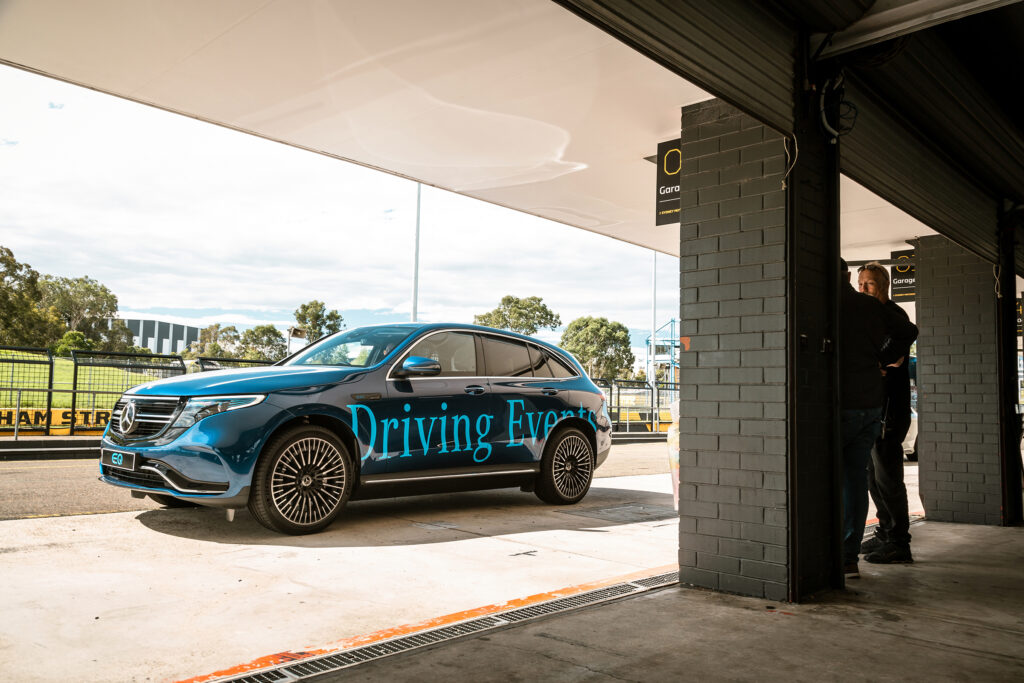
With 300kW and 760Nm it’s rarely lacking in pull, a dab of the throttle richly rewarded when punching out of bends.
And while the EQC lacks an AMG badge, those numbers comfortably trounce what was once AMG’s finest, the ML55 V8 managing just 255kW and 510Nm in its day.
Little wonder the EQC accelerates so much faster, the 100km/h benchmark disposed of in 5.1 seconds compared with 6.8 for that old V8.
Forging forward with electricity
Yep, electricity has come a heck of a long way in the last few years, something Mercedes-Benz now wants to reinforce with its drive days, which have resumed after more than a year.
And while there’s plenty of flashy ICE machinery making plenty of noise, it’s the EQC that has joined the Accelerate program for the first time that is in some ways the highlight.
My drive was brief, but long enough to establish the EQC can hold its own way out if its comfort zone at high speed on a track.
It’s competent and brisk, albeit lacking the finer adjustment and outright pace of a modern AMG.
Chief instructor Peter Hackett says it’s about showcasing the breadth of the Mercedes-Benz lineup.

“I drive an EQC completely differently to the way I drive an S-Class, which is completely differently to how I drive a GT R. EQC is not a GT R. There are similarities; the acceleration rates, for example.
“I want people to understand what they’re driving, how they’re driving and why they’re driving it,” he says.
He said adding the EQC to the 20-plus-strong diverse fleet of cars on offer on the day was a no-brainer.
“When I drive an EQC for the first time It completely changed my view of the direction we [the automotive industry] were travelling.”
Plugging in
Sure, there are challenges with keeping an EV running throughout the drive day, which includes a morning and afternoon group, occupants each paying $550 for the three-pointed star taste test. Ensuring enough battery charge is top of that list, especially as the EQC is being driven hard for a fair chunk of the time its tyres are turning.
But it cops the beating and continues to impress in the way it not only slots into an expensive field but stands out.
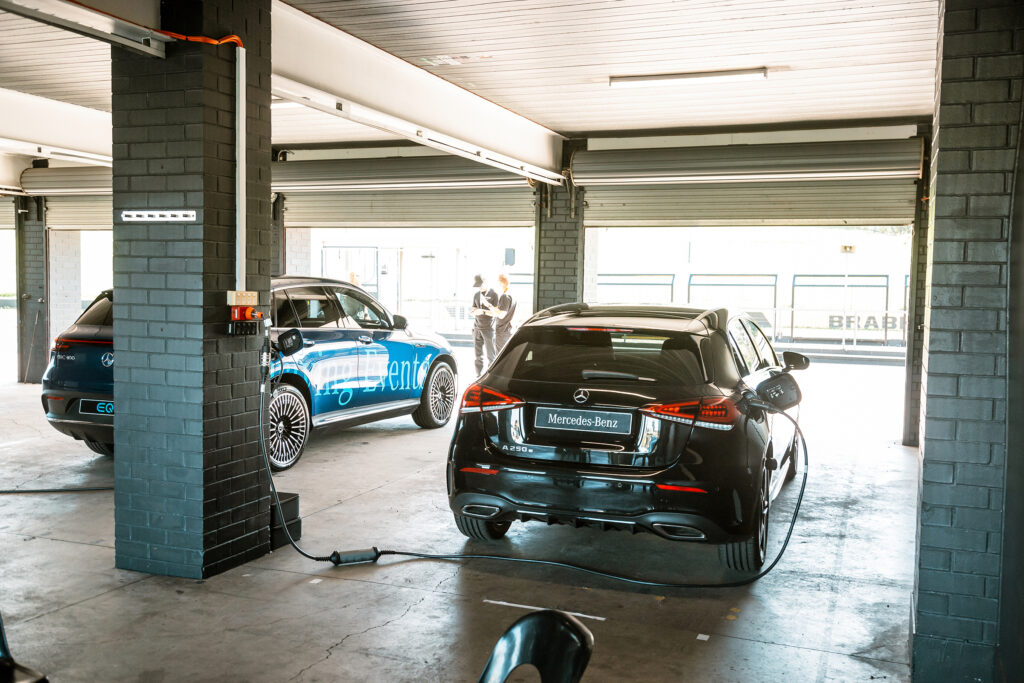
The EQC isn’t alone in electrification either. There’s also an A250e plug-in hybrid. It’s compact 1.3-litre four-cylinder turbo is helped along by an electric motor adding 75kW and 300Nm.
If anything, it feels more out of its comfort zone than the EQC, in part because the engine often needs extra help if you’re in attack mode. Remember, this is a hatchback at home in suburbia where for many owners the electric motor will do the vast majority of the work.
If you want more there’s the 118kW/250Nm four-cylinder engine, something that’s kept busy maintaining the track pace.
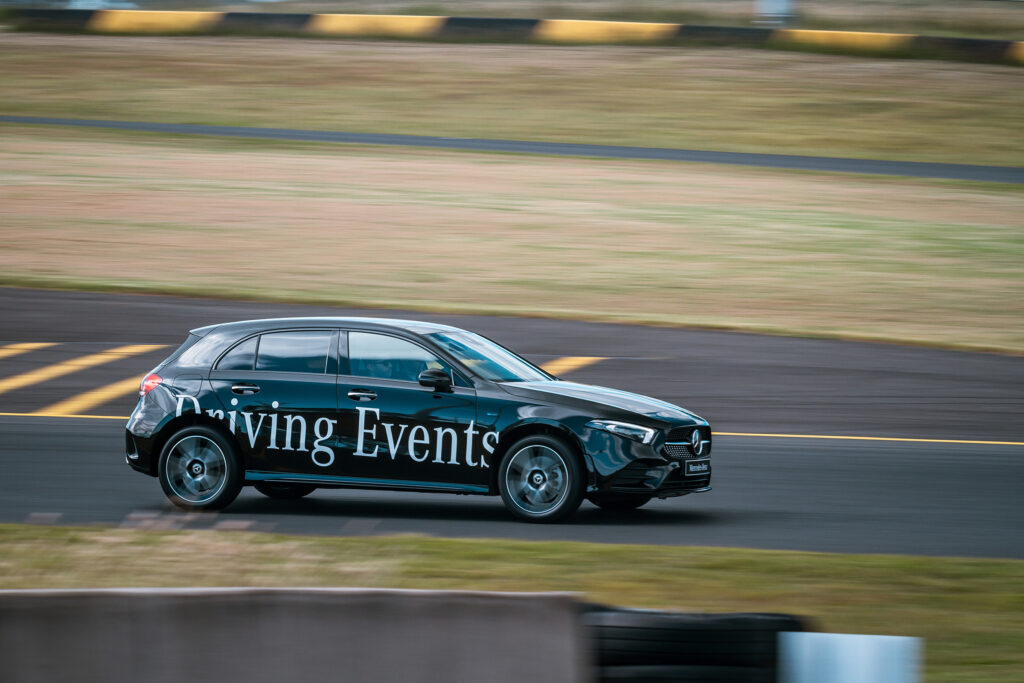
Even when trying to maintain its battery charge there will still be a net loss of electrons once you open it up on the straight, the computer’s call for maximum power enlisting all that is on offer.
Electrons fast the order of track days
Mercedes-Benz is not alone in adding an EV to its drive day ranks.
Audi also not uses the e-Tron on its track days and Porsche has incorporated the quickest EV on the market – the Porsche Taycan – into its drive days.
All of which bodes well for EV excitement moving forward.
Who knows, there could eventually come a time when the ICE cars are the novelty at race track thrashes…

